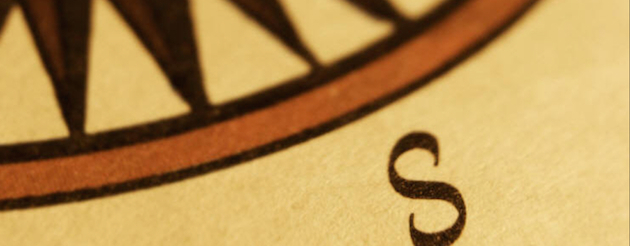

![]() Did you see our little good news story about a construction firm supporting The Works’ Christmas bike appeal?
Did you see our little good news story about a construction firm supporting The Works’ Christmas bike appeal?
What caught my attention was that a construction firm had any bicycles. From the headline I had guessed they might have bought new bikes to donate, or persuaded staff to have a look in their garages for unwanted bike, but no – these were part of the company fleet.
Now you know I don’t like to stereotype, but in my experience (I used to work in housing) the building industry is male-dominated and has more than its fair share of petrol-heads.
BAM Nuttall, the company in question has a green logo, have they embraced environmentalism? Do the staff discuss tree hugging rather than overhead cams over coffee? Not yet, there’s a much more practical reason.
The company is working on the flood alleviation scheme, a scheme that runs along the river right through the city centre. Staff needed to get from one site to another and driving around the city centre is not nearly as fast as cycling. With the scheme progressing out of the city centre, they no longer need the bikes – hence the donation to a very good cause.
The truth is our city is clogged with cars. A couple of weeks ago one incident on the M621 brought the whole city to a standstill. We struggled in South Leeds, but the problem swept across the whole city centre. That suggests that our roads are at capacity.
What is the solution? Build more roads? NO! Every study shows that building more roads just brings more cars onto the roads until everything clogs up again.
Leeds desperately needs a public rapid transit system – a tram, or preferably an underground system. Neither of those are going to happen any time soon. Leeds City Council already take measures to deter motorists from the city centre – steep parking charges and (dare I mention it) Park and Ride schemes. But they are fighting with an old road network and they need to make some more dramatic changes.
Consider Hunslet Road, a six lane dual carriage way by the time it reaches the city. Turn right onto Meadow Lane (four lanes) and then onto Leeds bridge (two lanes). Is it any wonder there’s always a queue of traffic there. If there’s a constriction, surely it’s better to push that further out? Not so that standing traffic pollutes Hunslet, but to signal that driving into the city centre is not a good idea.
Of course you then need to offer an alternative. All we have at the moment is buses, so lets improve those. If you haven’t been on a bus recently you might be surprised to learn that increasing numbers have wi-fi, plug sockets to charge your phone and even leather seats. That’s better, but no good if you’re stuck in a queue of stationary cars.
So let’s review the network of bus lanes and make sure they give the bus priority throughout the journey. Looking at Hunslet Road again, there is an intermittent bus lane that has petered out by the time we get into that congested bit near the city centre. Is it too shocking to suggest that Leeds Bridge and Boar Lane should be bus only?
Having made space to get the buses moving we need to get back democratic control of them. Bus deregulation in the 1980s was supposed to improve things by introducing ‘the market’. It quickly turned into duopoly of Arriva and First across most of the country. Not in London, of course, where the local authorities kept control. It’s time the Council ran the buses again, determined the routes and set the fares.
And then of course there are the bicycles. It’s not for everyone, but a 20-30 minute commute twice a day is a great way to stay fit. It certainly worked for me when I used to do it. Proper segregated cycle routes are needed to encourage more cycling.
Blimey, you’re no doubt thinking: bus lanes, car lanes, cycle lanes – you are going to concrete the whole city (as if that hadn’t already been done). Well there’s an interesting statistic about how much space on the road different modes of transport take up. Transporting 72 people by car takes up 1,000 square metres of road space, 72 by bicycle takes 90 square metres and 72 by bus just 30 square metres. This was shown graphically on an iconic poster produced by the Munster planning department.
The other thing about cycle lanes is that they don’t have to follow the same route as the main roads. The ‘cycle superhighway’ has caused a backlash particularly where it follows Armley Road. Personally I prefer the cycle route from Middleton which goes through the park and alongside Middleton Railway rather than trying to share road space.
Of course these are just my thoughts. If you’ve got ideas now is the time to share them. There are two big consultations going on, but hurry one, he city’s big transport conversation finishes today (11 November). The ‘South Bank’ consultation also considers transport links through Hunslet and Holbeck.
I’ll be on back next week with more of my views from South of the River. If you’re on Twitter, you can follow me: @BeestonJeremy.


